Hampshire is the fifth-most populated county in England, yet in spite of its many villages and towns, there is still plenty of countryside to explore.
Set out across this landscape on foot and discover thriving wildlife, verdant woods and beautiful coast with our favourite Hampshire hikes.
Looking for mroe county walks?
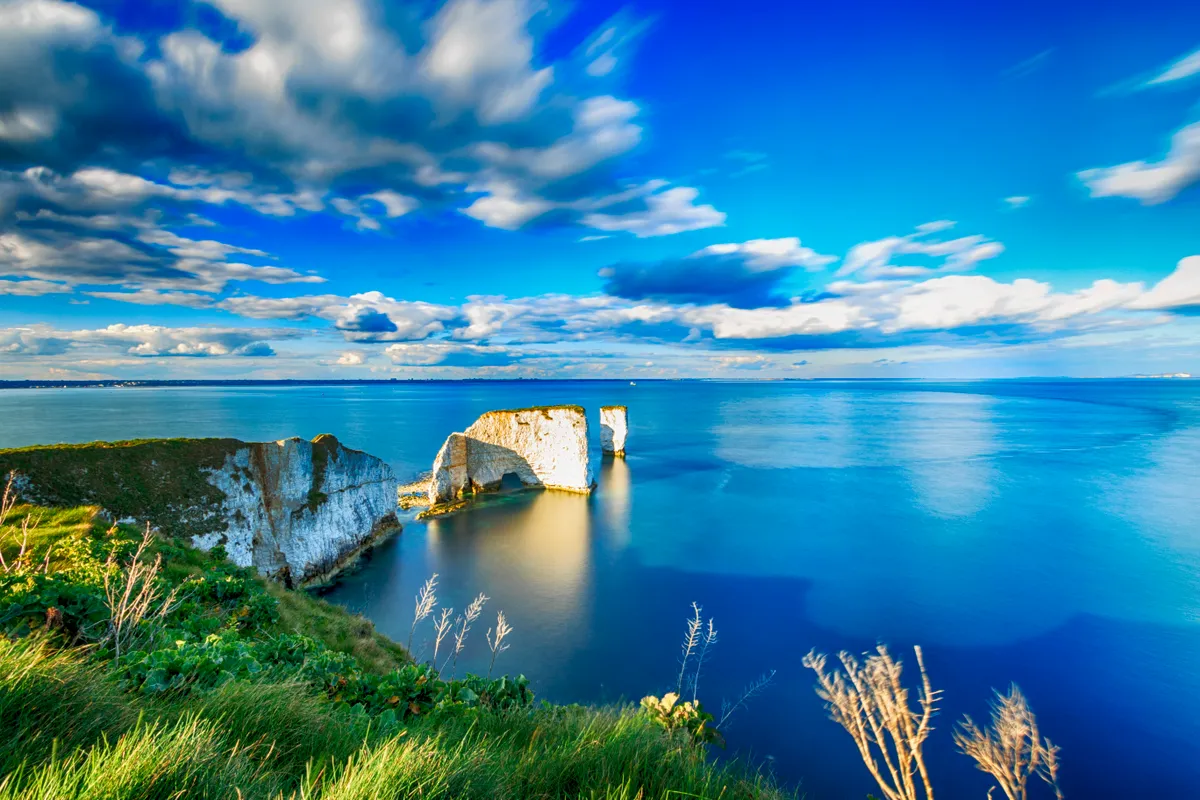
Rhinefield, Hampshire
5.1km/3.2 miles | 45m accent | 1.5 hours | easy
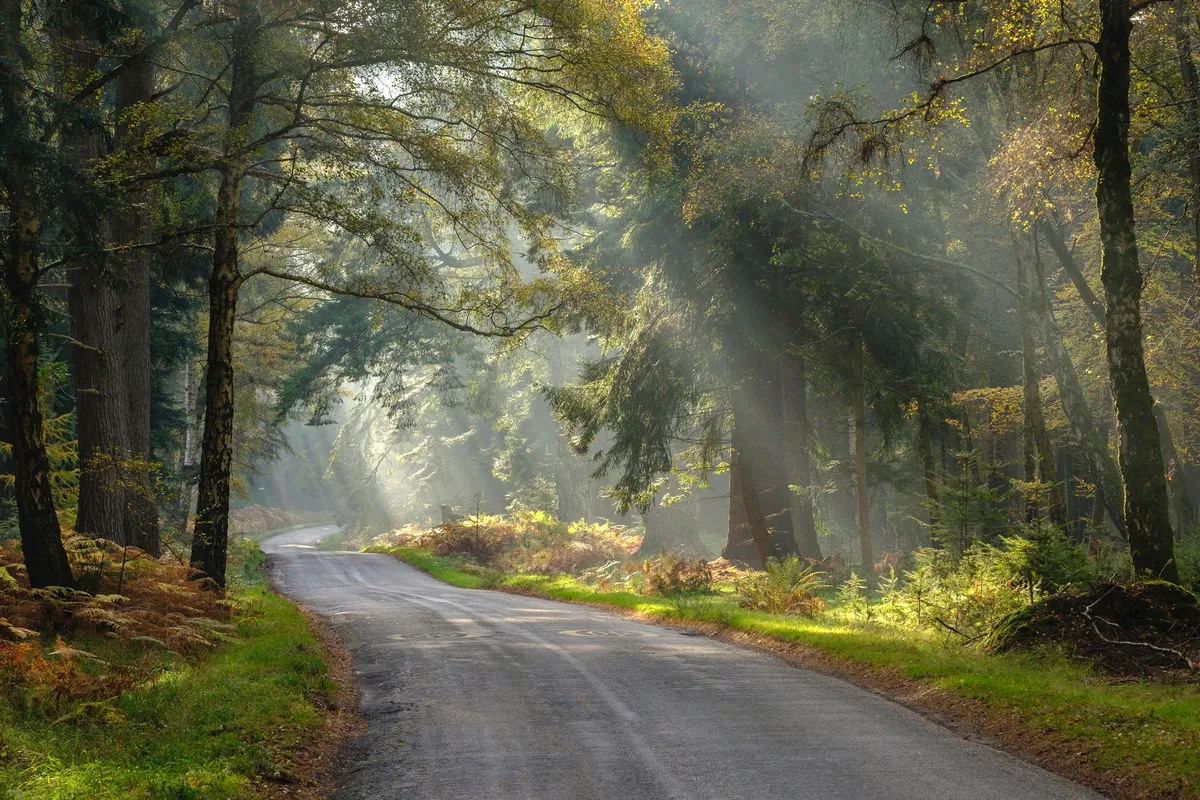
This pine-scented route sweeps through Rhinefield Forest in the heart of the New Forest National Park, home to some of the tallest trees in England.
St Catherine’s Hill, Hampshire
4 miles | 2.5 hours | moderate
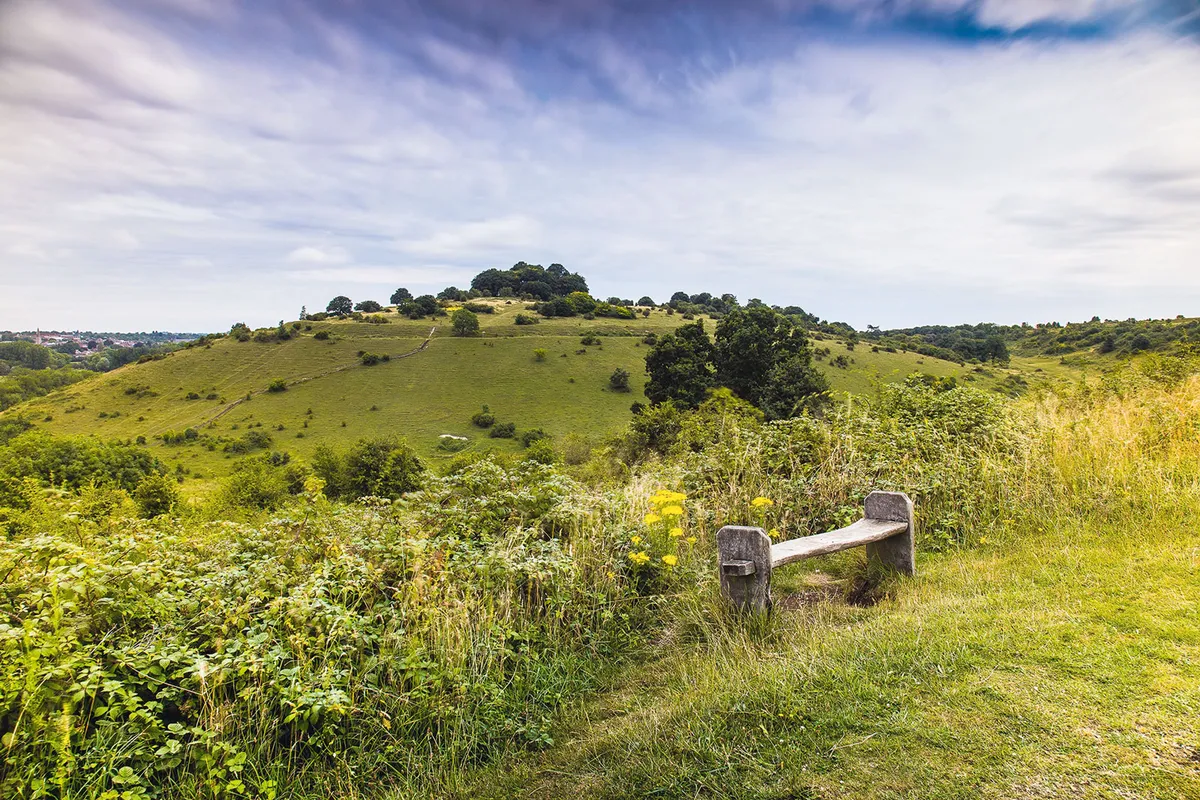
Walk to the top of the tree-topped beacon of St Catherine's Hill in historic Winchester with this easy four-mile stroll.
Meon Valley, Hampshire
9.3 miles/14.9km | 5-6 hours | moderate
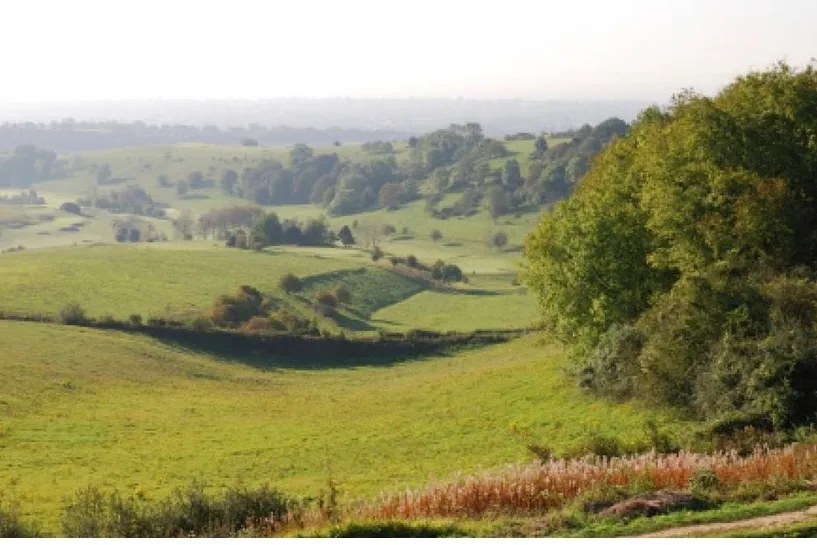
Discover a landscape shaped by man and nature over 6,000 years on a walk that enters the heart of the South Downs National Park in Hampshire.
Experience more British countryside
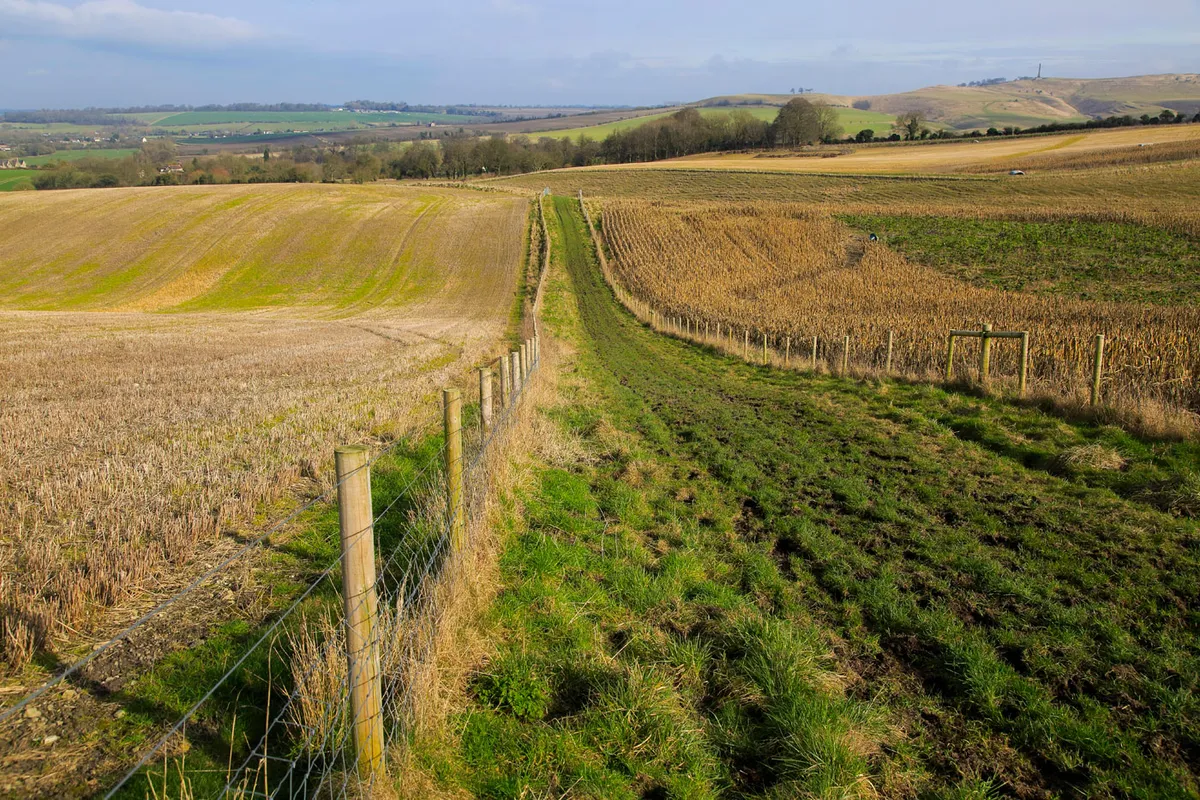
Denny Wood, Hampshire
3 miles/4.5km | 1.5 hours | easy

The New Forest National Park, with its rich mosaic of heathland, oak and beech woodlands, hasn’t changed that much since William and his nobles hunted there over nine centuries ago. Here's an easy three-mile walk into the glorious and historic New Forest National Park.
Fritham, Hampshire
7.4 miles/12km | 5 hours | moderate
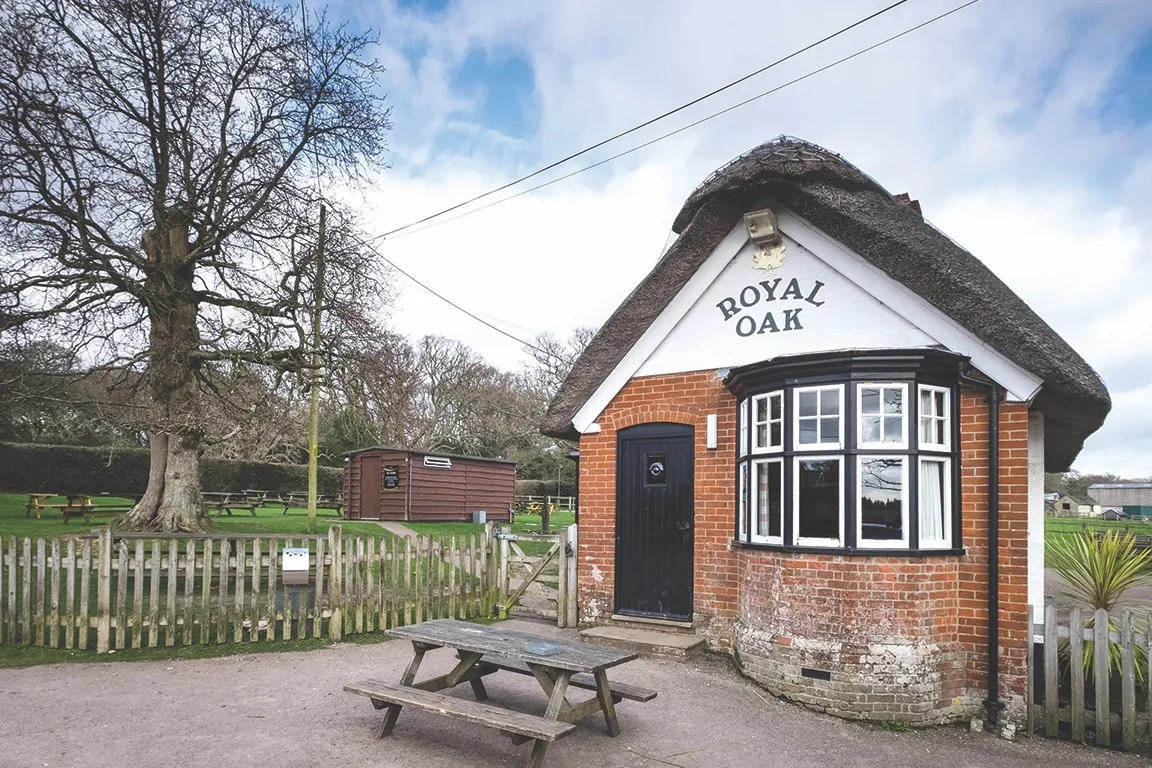
Explore the lesser-known paths, plains and with a walk in the north of the New Forest, before relaxing in a pleasant pub in a woodland hamlet.
Solent Way, Hampshire
9.7 miles | 5 hours | moderate–challenging
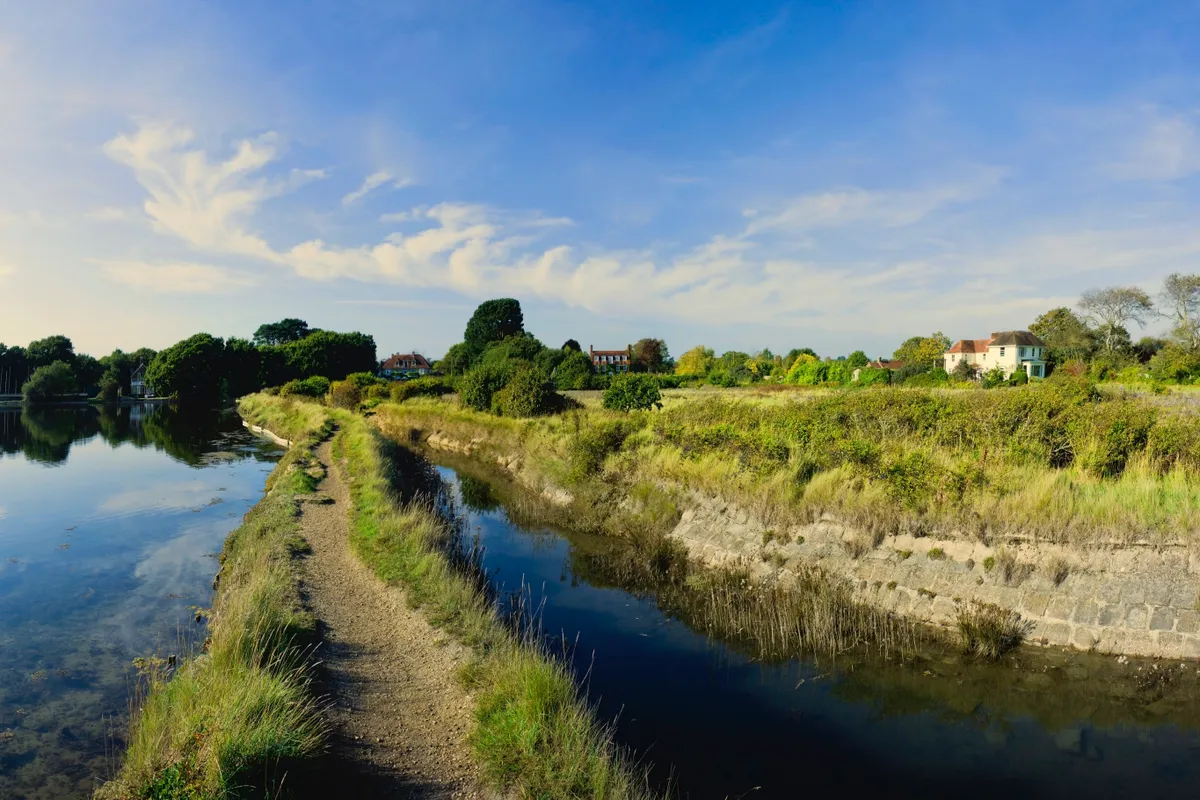
The coastline of the New Forest National Park is often overlooked but holds many delights from salt marshes, mudflats and lagoons to the history of our seafaring nation.
Best walks in the New Forest National Park
From vast heathland hills and ancient trees, to butterflies, reptiles, wading birds and wild ponies, the national park is a vital refuge for some of Britain’s most precious species.
Here is our guide to the best walks in the New Forest National Park, from food trails and woodland rambles, to the 60-mile Solent Way.
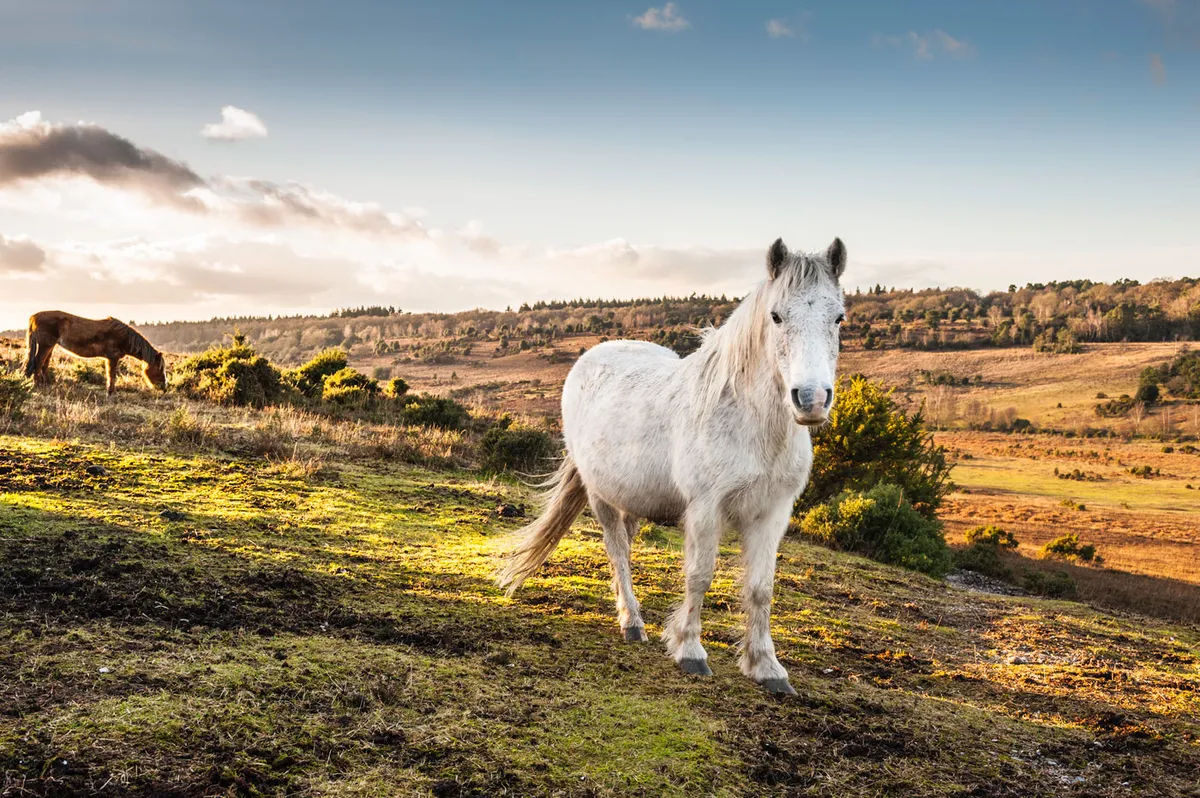
Beaulieu Food Trail, Hampshire
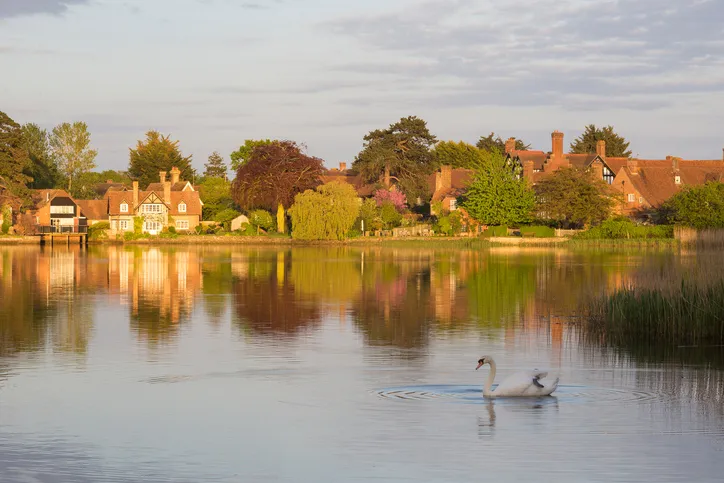
Explore the beautiful Hampshire village of Beaulieu before following the Beaulieu River south to the shipbuilding village of Bucklers Hard. The route is 2.2 miles each way, but your day out can be as long or short as you like. Beaulieu walking route and map.
Avon Valley Path, Hampshire/Wiltshire
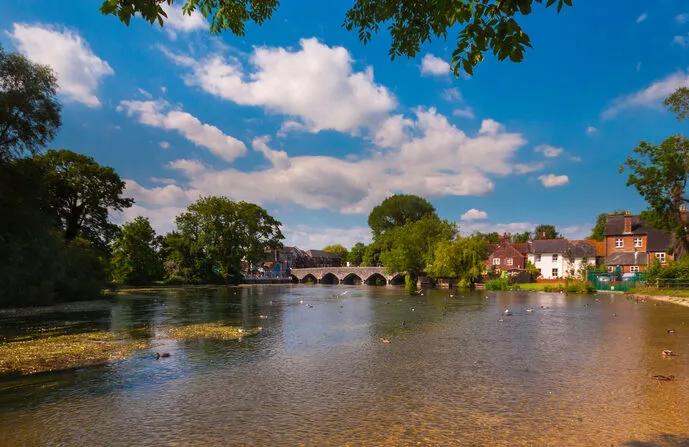
The 34-mile Avon Valley Path runs north to south from the Cathedral city of Salisbury along the border of the New Forest National Park to Christchurch on the south coast. Walk a small section of this historic waymarked path, or take on the whole lot over several days. Avon Valley Path walking route and map.
Best walks in the South Downs National Park
Comprising undulating chalk downland, dry valleys and huge coastal cliffs, the South Downs National Park is one of Britain’s most precious landscapes.
Take to the trail with our guide to the South Downs best walks and discover 260 square miles of spectacular countryside, interwoven with dozens of thriving towns and villages.
Here is our guide on the best hiking routes in the South Downs National Park.
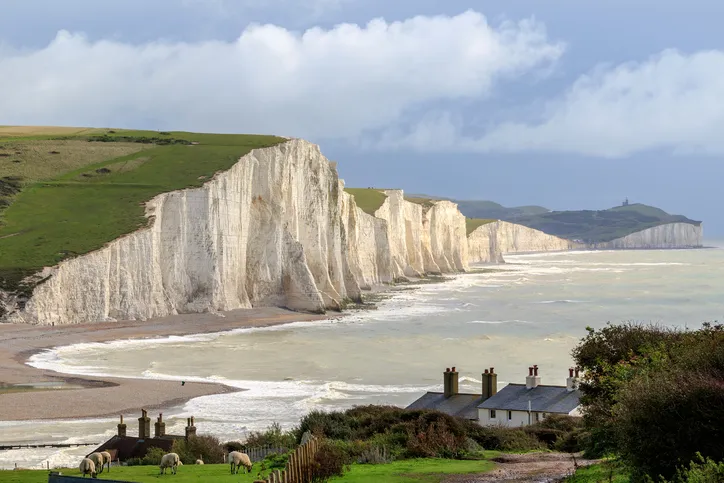
Hamble-le-Rice, Hampshire

This circular six mile walk takes in the gently clinking yachts in Hamble-le-Rice marina, the rootling birdlife on the coastal mudflats and a ride across the water in a pretty pink ferry.
Brockenhurst to Lyndhurst, Hampshire
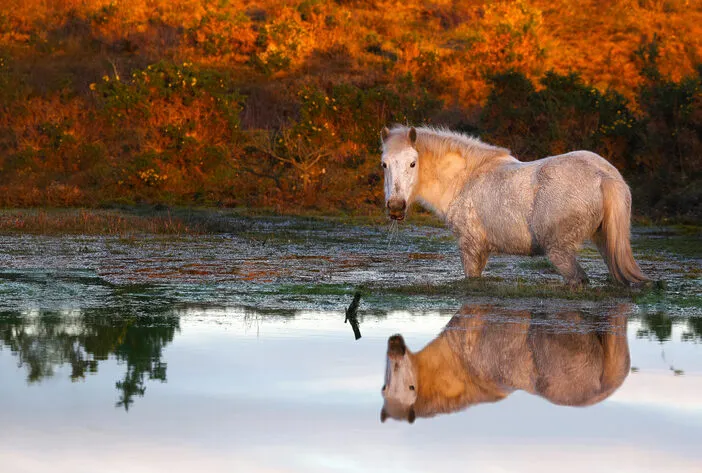
This 10.7-mile walk starts at in Brockenhurst, winding through wildlife-rich forests to Beechen Lane in Lyndhurst. Look out for deer and ponies as you make your way north towards the 'capital' of the New Forest.

